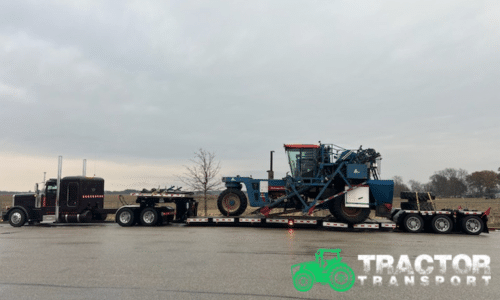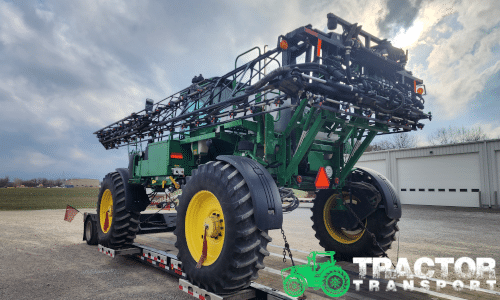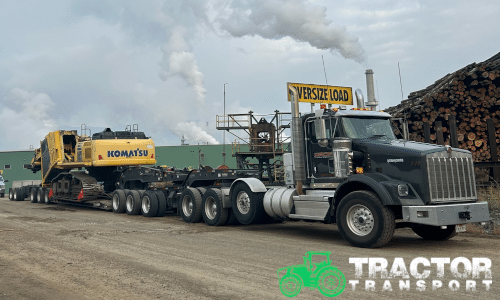
Small to industrial-size farming requires heavy machinery and equipment that can be expensive to buy and ship. With high shipping costs that primarily come with logistical challenges and levies, it is difficult for farmers to maintain optimal operation expenses and make significant profits.



